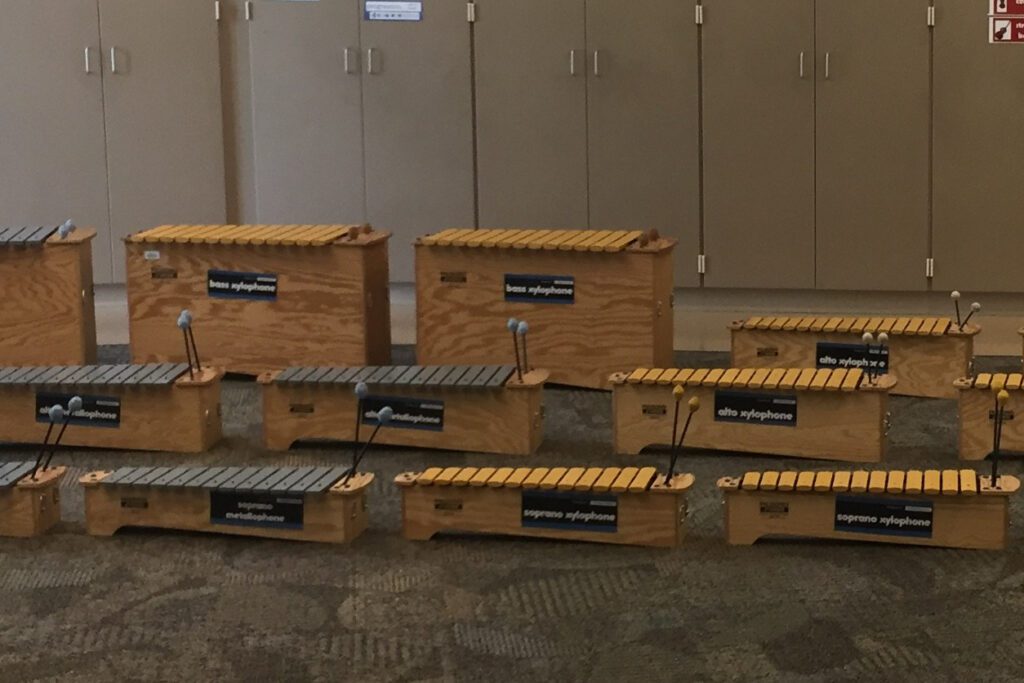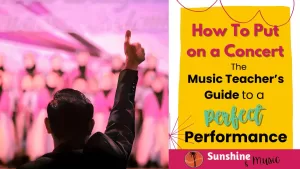So I did have another recorder song planned for this week’s post, but then I realized that I’ve been a little recorder heavy this month. Last week was a song for BAG on recorder and next week is another recorder song. So I decided to switch gears and tell you about a song I do with my primary kids (first and second grade) to help teach MI, RE, DO patterns.
However if you are aching for more recorder songs, you can check out this post about learning high C and D to the ever popular I Got You/I Feel Good by James Brown.
So the specific song that I use is from the Gameplan series. I believe it is from Level 2. And as such, I cannot share with you the specific lyrics/notes of the song. But I can tell you what drew me to this song (or if you have Gameplan Level 2 – you can look up the song Martin Luther King). It contains a repeating, simple MI, RE, DO patterns that my students can easily recognize and learn and eventually play on instruments (and read in notation). So while I know it’s nice to have the actual song to put into practice, even if you don’t own Gameplan Level 2, you can still find a song that has this simple component (a repeating MRD pattern) and achieve the same goals.
Audiating MRD
We start by learning the MRD pattern and finding it in the song. I sing the song without words and they close their eyes and raise their hand when they hear MRD. I found that it really helps to sing it without words first, otherwise they really seem to latch on to the lyrics and not be able to find the pattern. Then I sing it with words and they do the same exercise, raising their hand if they can still find the pattern that matches MRD.
*Side note: Audiating is more than just silently thinking a series of notes (although it often gets used in this context – even by me. In it’s truest form, audiating is hearing and UNDERSTANDING music internally. So this little exercise I just described in the above paragraph is great for stretching their audiation muscles a little further, as they are understanding it and putting it in content of a song. And as Artie Almeida says … “You can’t be great if you don’t audiate!”*
Adding Notation and Instruments

Next, once we know the MRD pattern of the song, I show it to them in notation. Then we go to the instruments. I tell them where DO is located, and they have to figure out which bars would be RE and MI. This allows them to learn about the relationship between solfege and notes on instruments, instead of me just feeding them notes. Next, we sing the song and play the MRD pattern when it happens. It’s a great time to review good mallet technique as well.
Extensions
- Moveable DO – once you’ve played the song in the original key, consider moving it to a new key (F, G and C are great keys usually to switch around on Orff instruments). See if they can still determine where RE and MI are if DO is in a new spot. Talk about how this makes the whole song higher or lower. And show how that pattern would look in notation.
- Identify and play other MRD patterns – Isolate the section with the MRD pattern. Play a NEW pattern using MRD and see if students can determine what you played. You can notate it for them for see if they can determine how that would be notated. And then you can try out playing new MRD patterns along with the song.
I’ll be honest. I don’t always get to these extensions, but as I’m writing this I’m looking at this stuff and thinking “Dang! My kids would know MRD internally and in notation SO GOOD if I did all this stuff.” I’m going to try and make some time for it before we finish the lesson.
And that wraps up this week’s post. Come back next week to see my final post in the Black History Month series – a song for learning the low recorder notes D and E.








2 Responses